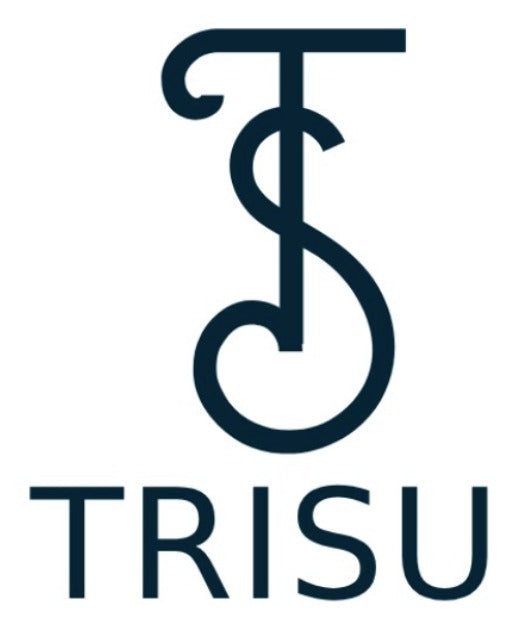The Mangalsutra is more than just a piece of jewellery—it’s a promise, a prayer, and a deeply personal symbol of love and protection. Worn close to the heart, this sacred necklace has graced the necks of married women for centuries. But did you know that the Mangalsutra takes many different forms across India?
From North to South, every region carries its own interpretation, each rooted in culture, tradition, and symbolism. Let’s explore the beautiful diversity of Mangalsutras worn across India—a journey that celebrates not just design, but emotion.
1. The Maharashtrian Mangalsutra
In Maharashtra, the Mangalsutra is iconic—black beads strung on gold wire, with two vatis (bowl-shaped pendants) symbolizing husband and wife. These vatis are believed to ward off evil and protect the bond of marriage. Many modern women in Maharashtra opt for shorter, lighter versions or even mangalsutra bracelets that blend tradition with everyday wear.

2. The South Indian Thaali / Thirumangalyam
In Tamil Nadu, Karnataka, and Andhra Pradesh, it’s not called a mangalsutra—it’s called the Thaali or Thirumangalyam. This pendant carries powerful regional motifs like Goddess Lakshmi, the Tulsi plant, or the shankha-chakra. The thaali is often tied on a yellow thread during the wedding ceremony and later moved onto a gold chain. It’s not just jewellery—it’s sacred.
Keyword tip: South Indian Thaali Mangalsutra, Tamil Mangalsutra designs

3. The Gujarati and Rajasthani Mangalsutra
Here, the Mangalsutra usually features a central gold pendant, often in floral or sun-like motifs, and fewer black beads. It tends to be more minimal in design but heavy in sentiment. Many women in Gujarat also wear the mangalsutra layered with other wedding jewellery like the chooda or gold bangles.

4. Bengali Shonar Suto
In Bengal, the Mangalsutra isn’t always black-beaded. Instead, married women wear a simple gold chain known as "Shonar Suto", sometimes paired with vermillion and shankha-pola bangles. The emphasis is less on beads and more on symbolism. The gold chain represents eternal bonding and prosperity.

5. Punjabi and North Indian Mangalsutra
In North India, Mangalsutras often feature a striking pendant—sometimes heart-shaped or circular—attached to a gold-and-black beaded chain. The design varies from bold to delicate, and is often gifted by the in-laws. Many brides now prefer sleek, modern versions that can double up as everyday wear.

6. Modern Interpretations
Today, the Mangalsutra is evolving. From diamond-studded designs, bracelet mangalsutras, minimal chains, to custom motifs—women are reclaiming this piece of heritage in their own way. It’s no longer just about tradition—it’s about identity.
Final Thoughts
Whether you wear a classic black-beaded chain, a minimal diamond pendant, or a customised Thaali, the Mangalsutra remains one thing above all—a quiet, powerful symbol of commitment.
As designers and wearers, we are shaping the future of this age-old symbol—keeping it sacred, but also deeply personal.
Looking to discover a Mangalsutra that feels just like you? Explore our handcrafted collection inspired by regional traditions and modern love.

 About Us
About Us  Help
Help Track Your Order
Track Your Order Login / Create Account
Login / Create Account


